Urine

Drug testing can be important for workplace safety, clinical needs, and personal monitoring. We offer a variety of rapid tests that detect substances in urine or saliva. Each option gives straightforward results, helping you make informed choices with confidence. Our kits focus on reliability and practicality so users can assess substances quickly. From professional settings to personal use, our tests support informed decision-making when it matters. You can find choices for urine or saliva testing; each focused on clear results and peace of mind. Pick the method that fits your exact needs now.
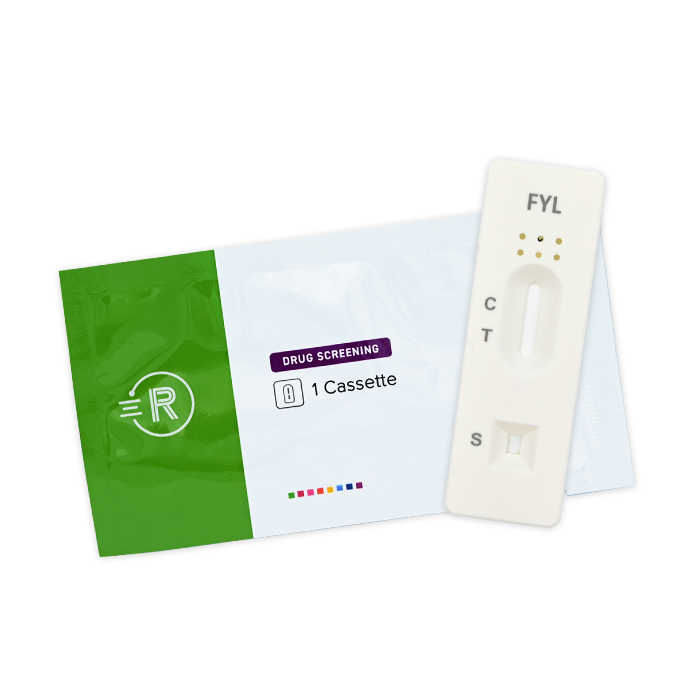
Format: Cassette
Kit Size: 1 Test/Kit
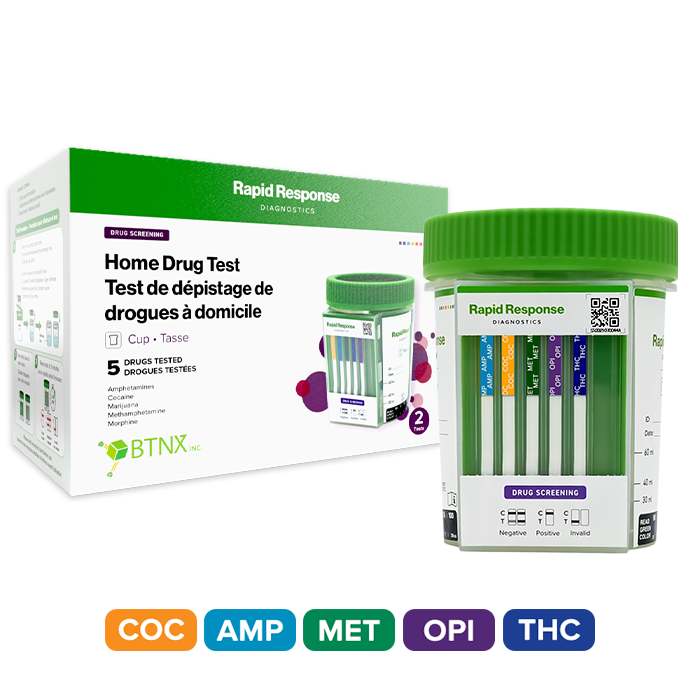
Format: Cup
Kit Size: 2 Tests/Kit

Format: Cup
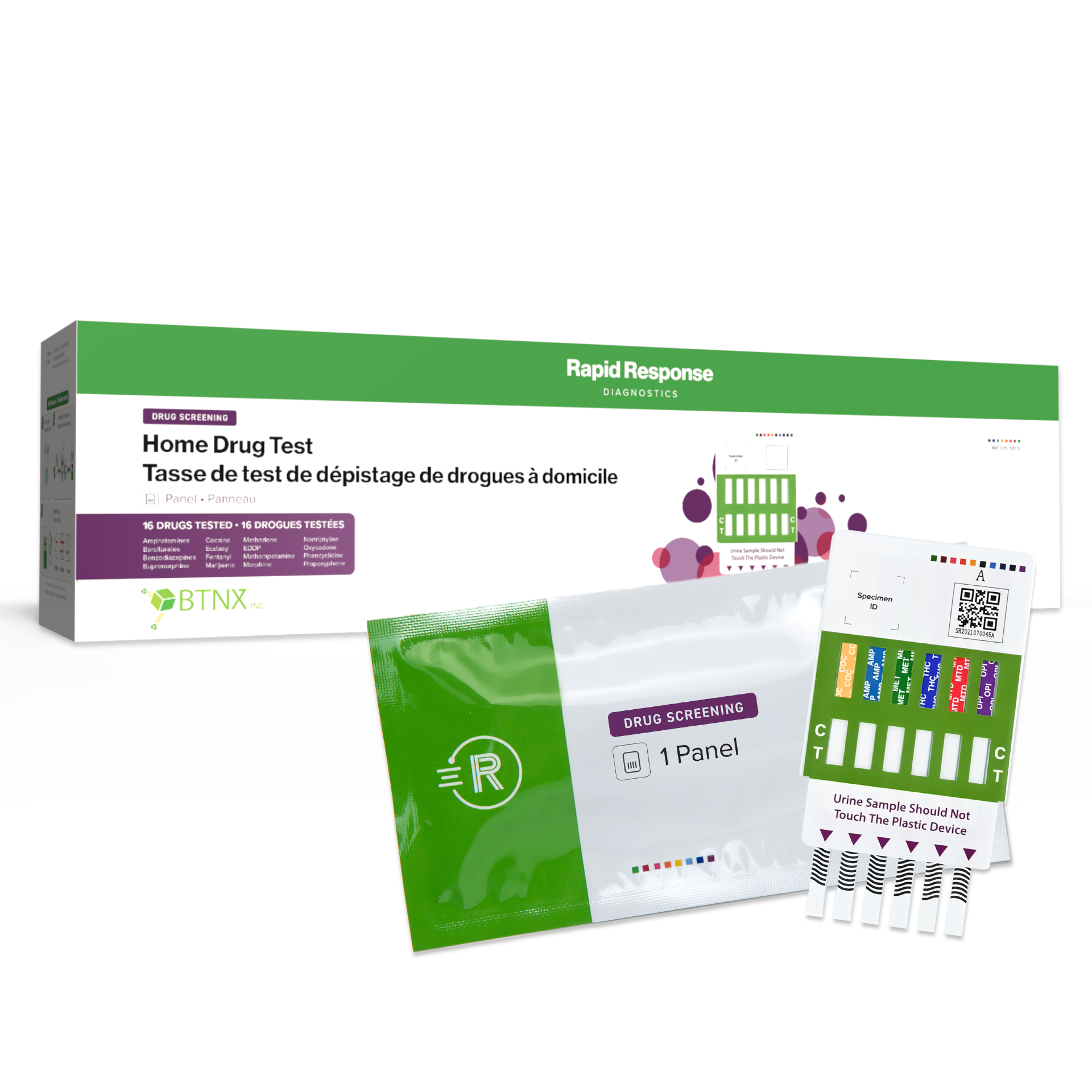
Format: Panel
Kit Size: 5 Tests / Kit
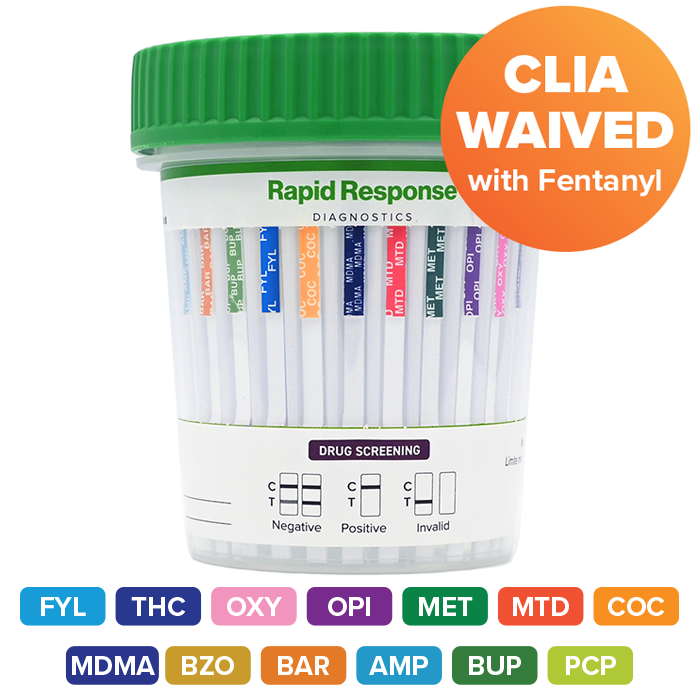
Format: Cup
Kit Size: 100 Tests / Case
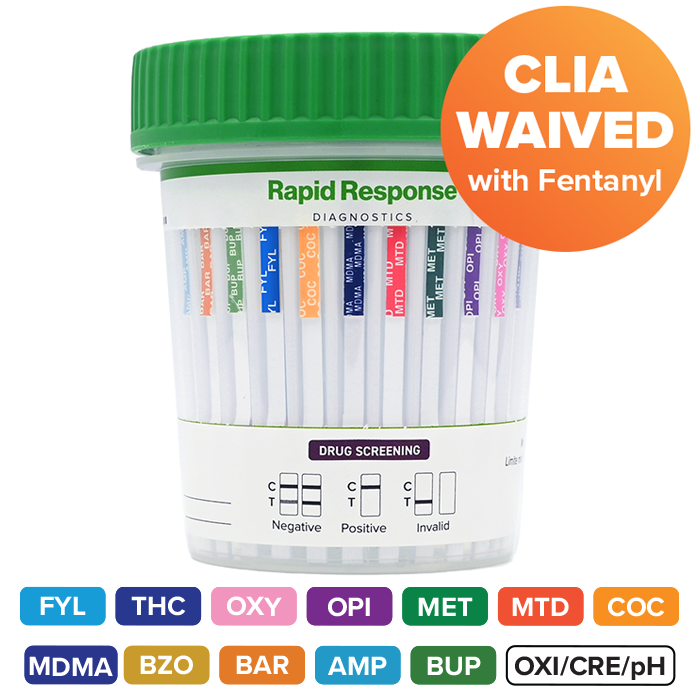
Format: Cup
Kit Size: 100 Tests / Case
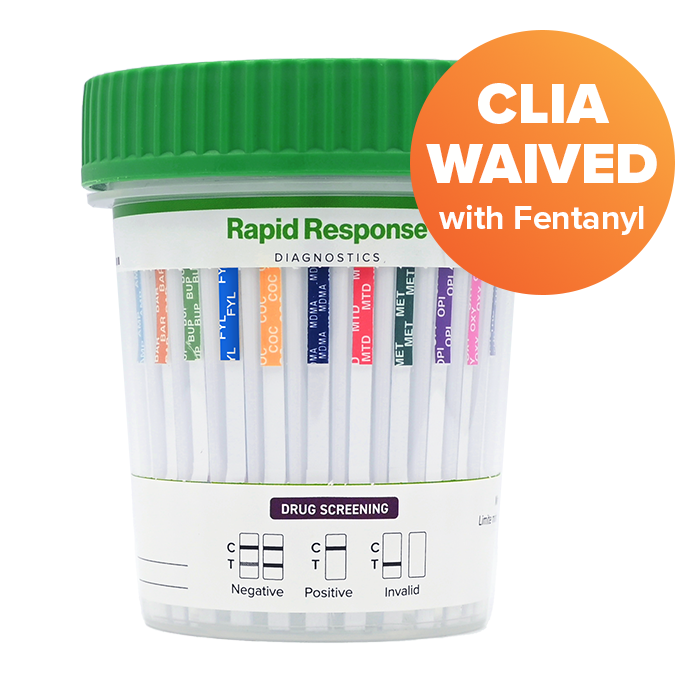
Format: Cup
Kit Size: 100 Tests / Case
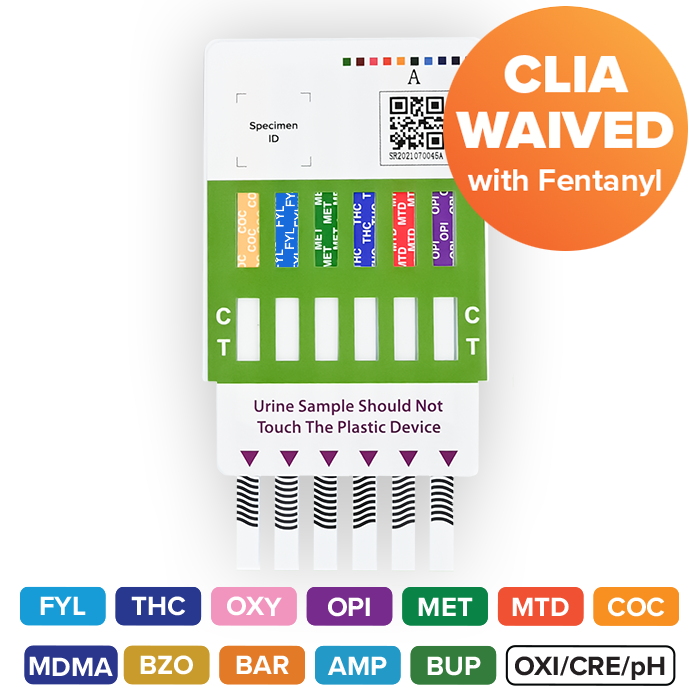
Format: Panel
Kit Size: 25 Tests/Kit
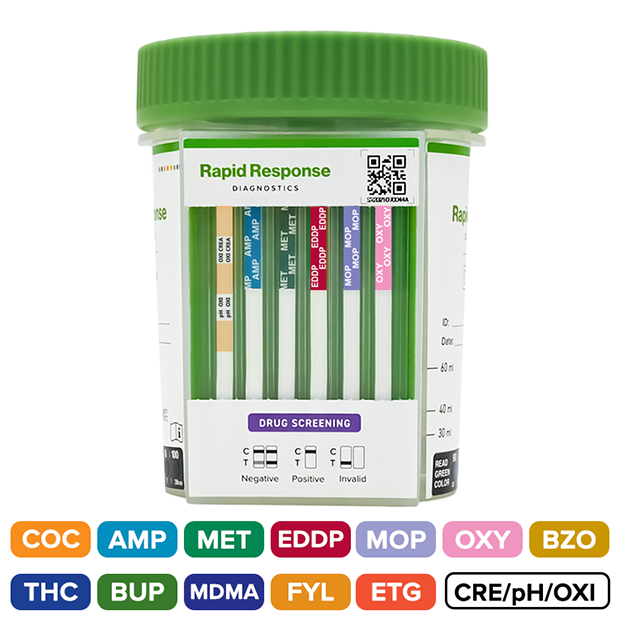
Format: Cup
Kit Size: 100 Cups / Kit
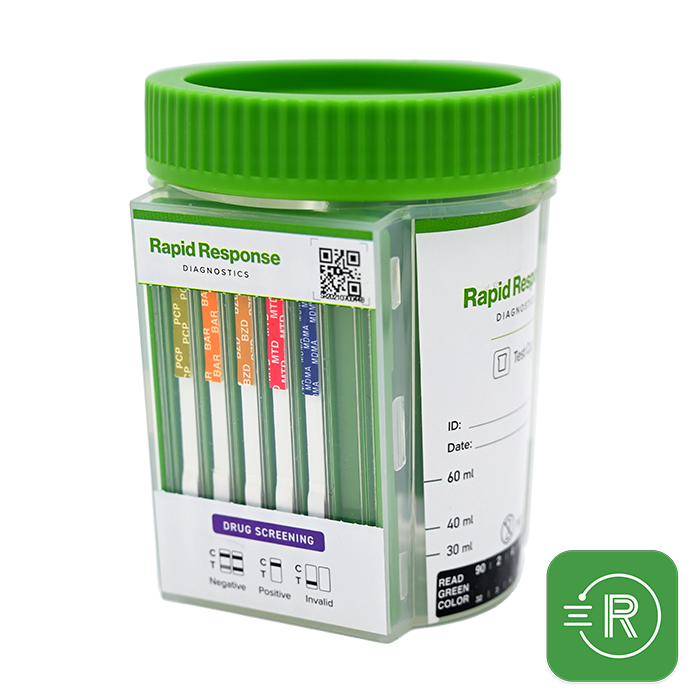
Format: Cup
Kit Size: 100 Cups / Kit

Format: Cup
Kit Size: 100 Tests/Kit
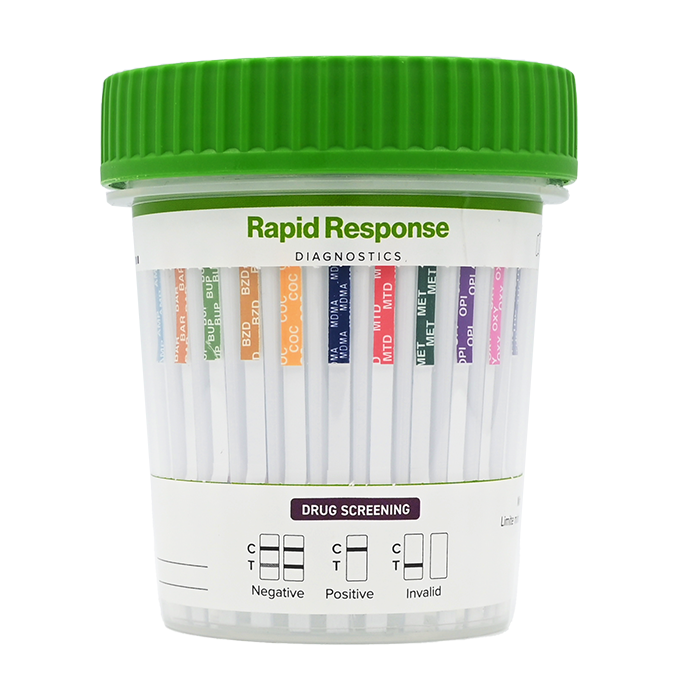
Format: Cup
Kit Size: 100 Cups / Kit
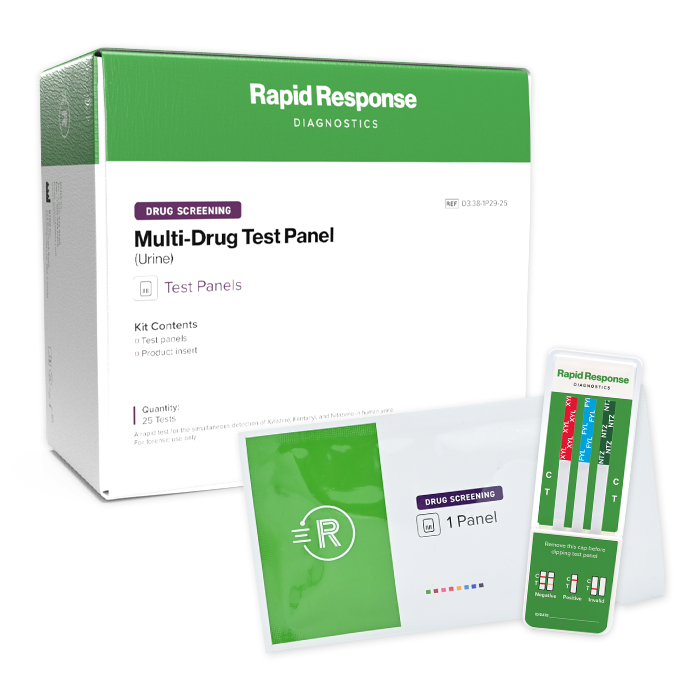
Format: Panel
Kit Size: 25 Tests / Kit
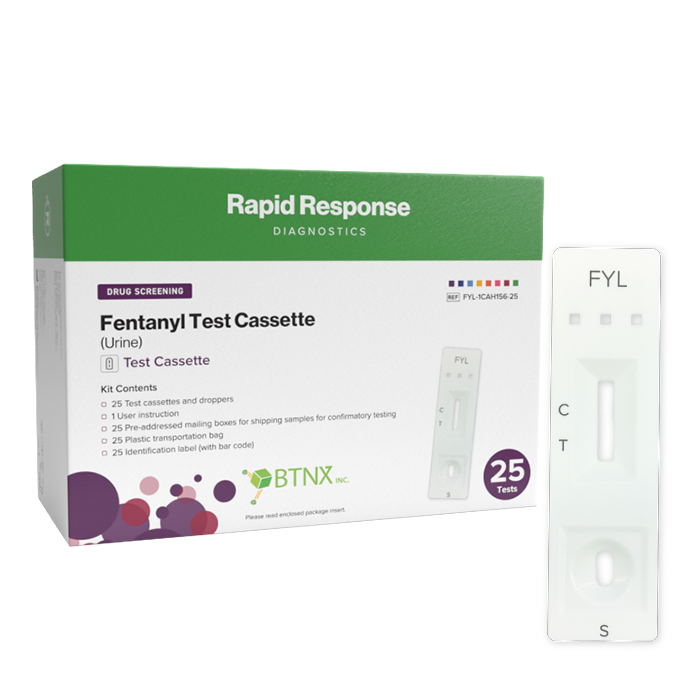
Format: Cassette
Kit Size: 25 Tests / Kit
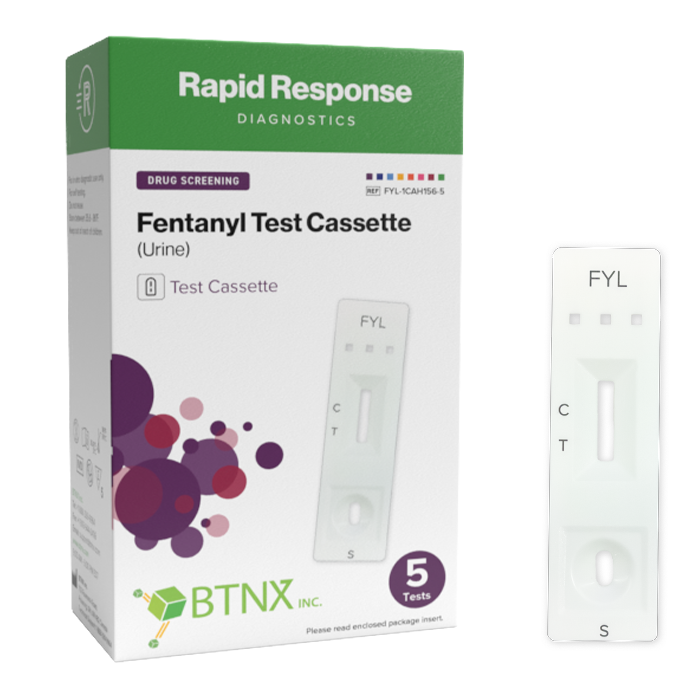
Format: Cassette
Kit Size: 5 Tests / Kit
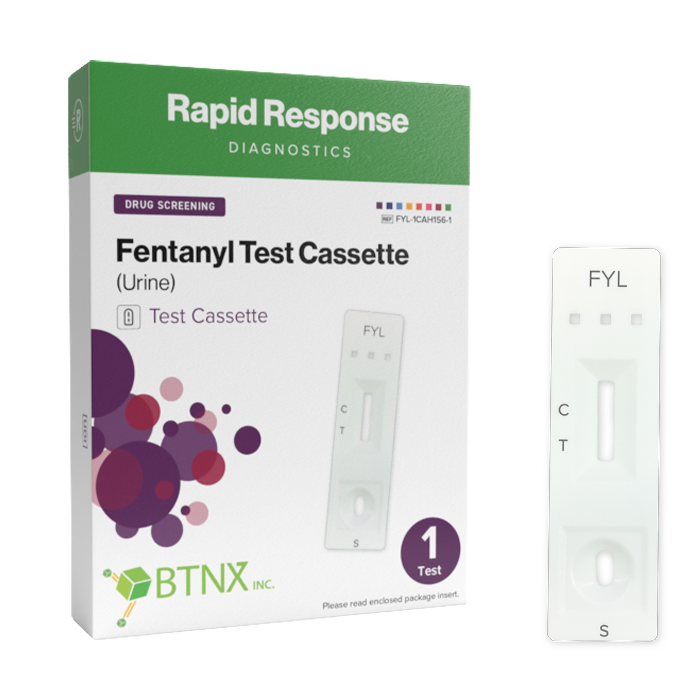
Format: Cassette
Kit Size: 1 Test / Kit
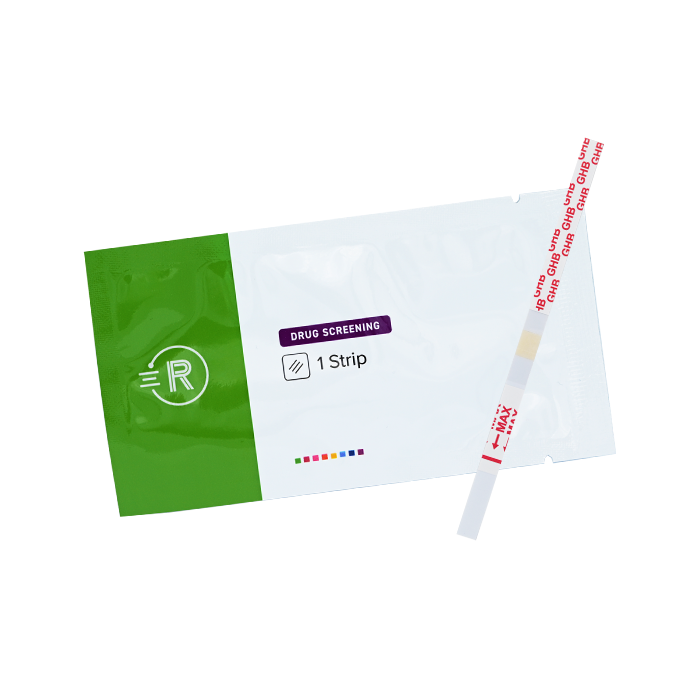
Format: Strip
Kit Size: 50 Tests / Kit
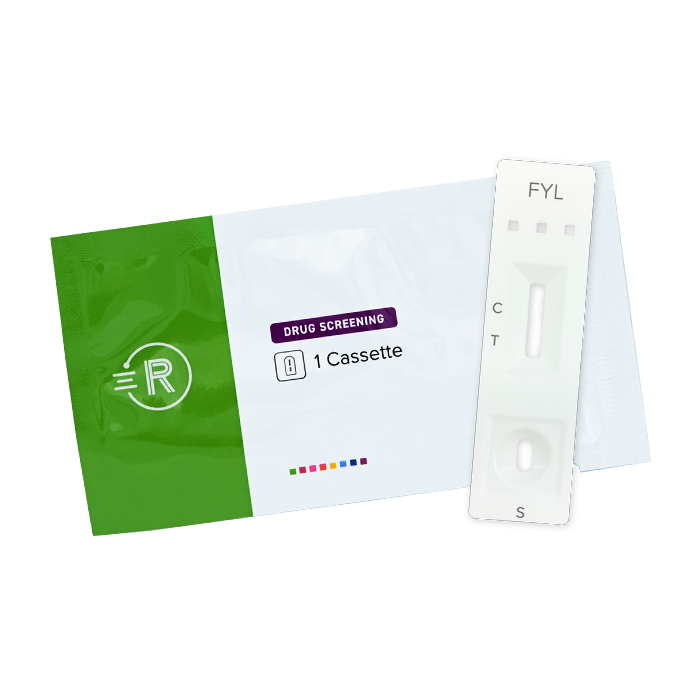
Format: Cassette
Kit Size: 25 Tests / Kit
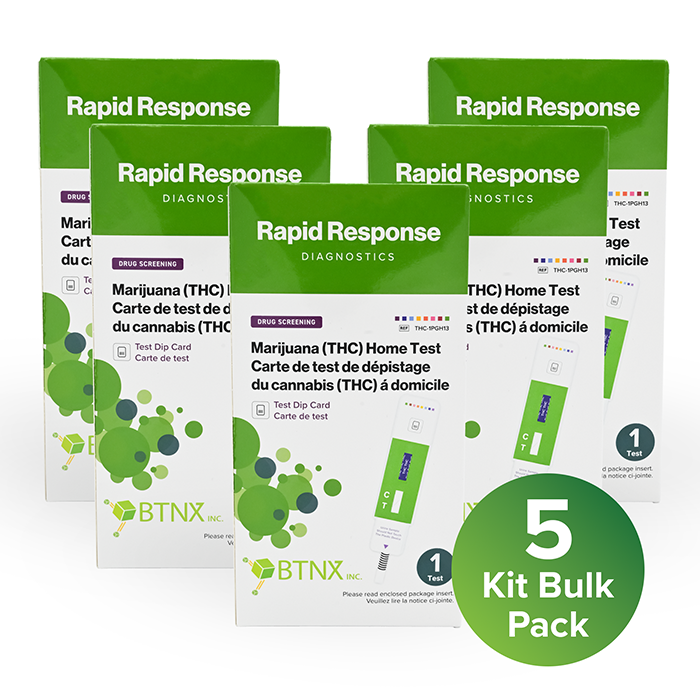
Format: Panel
Kit Size: 5 kits (1 Test/Kit)
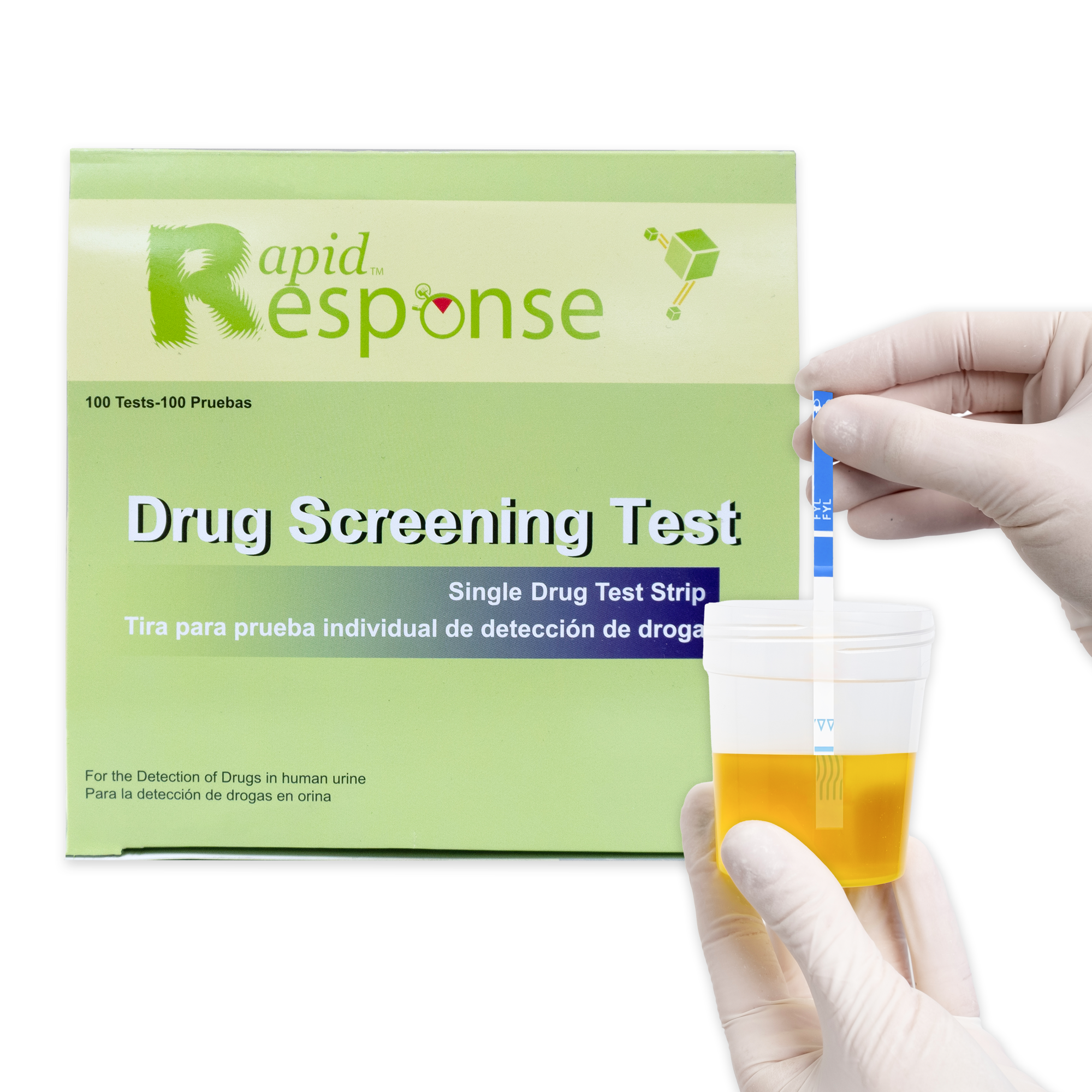
Format: Strip
Kit Size: 100 Tests/Kit
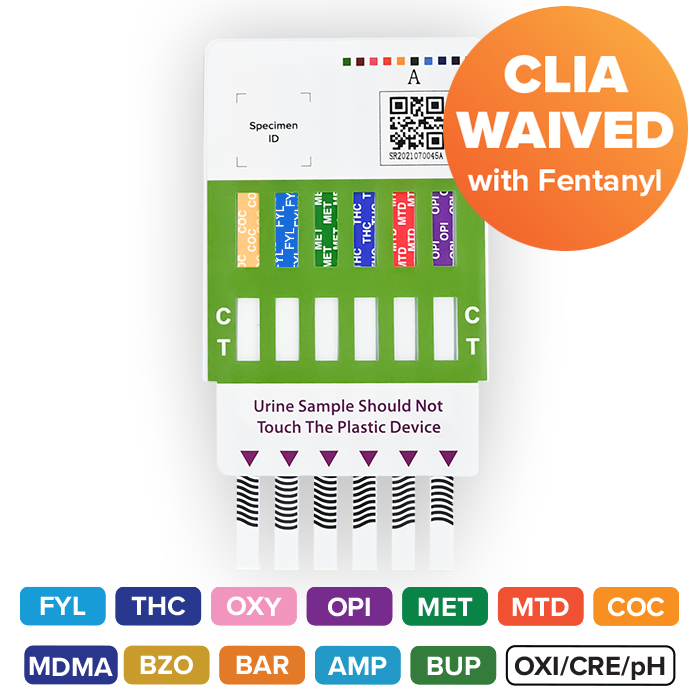
Format: Panel
Kit Size: 25 Tests / Kit
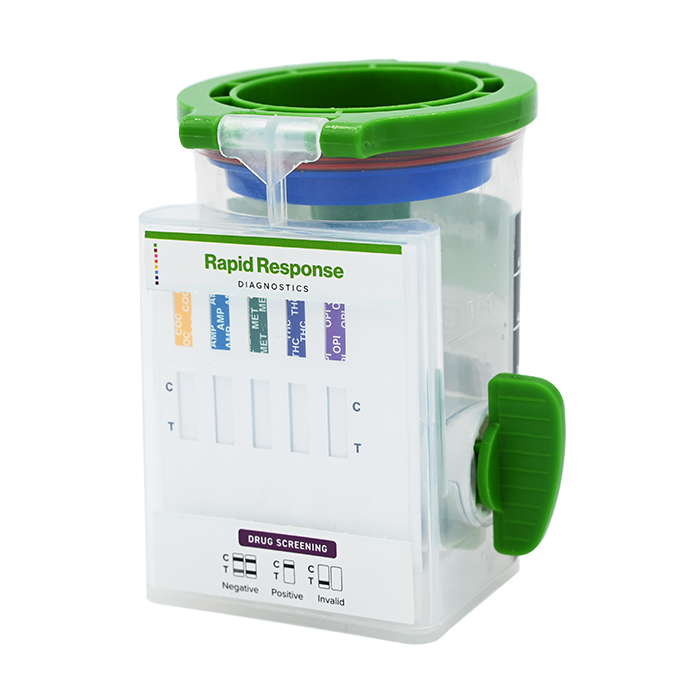
Format: Cup
Kit Size: 100 Cups/Kit
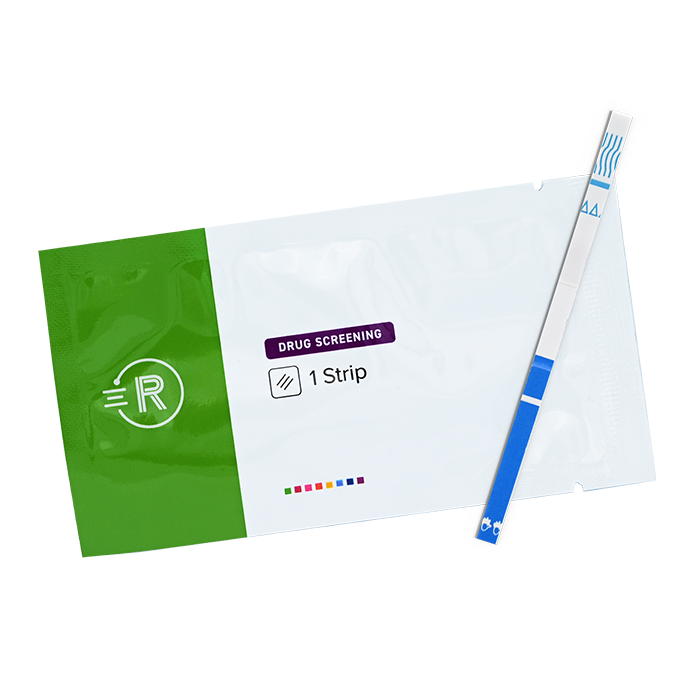
Format: Strip
Kit Size: 100 Tests / Kit
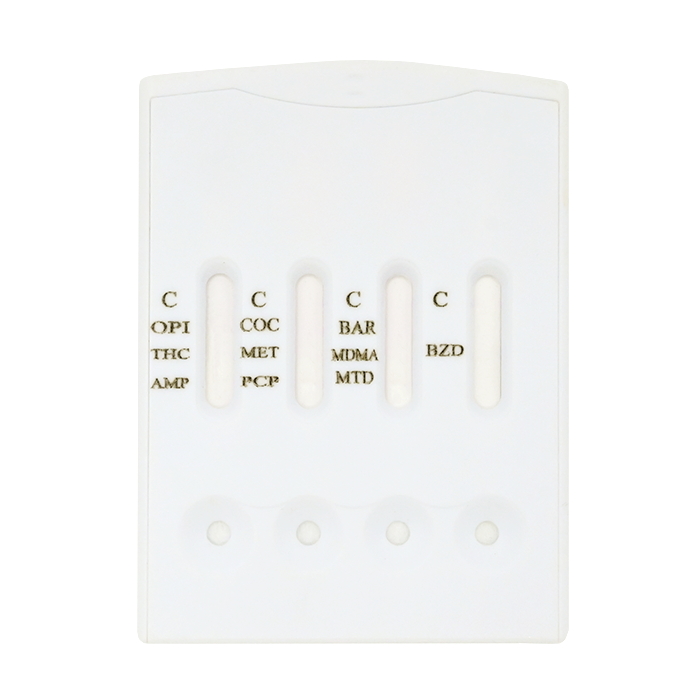
Format: Cassette
Kit Size: 25 Tests/Kit
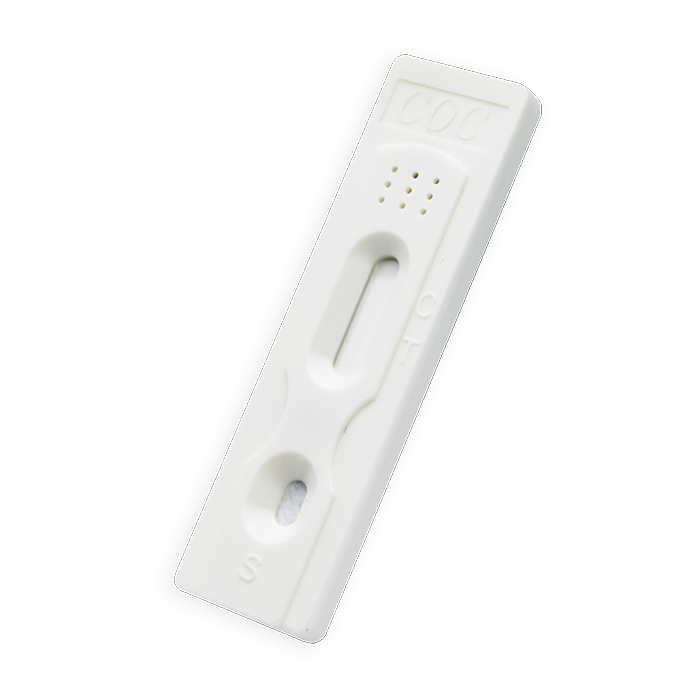
Format: Cassette
Kit Size: 40 Tests/ Kit
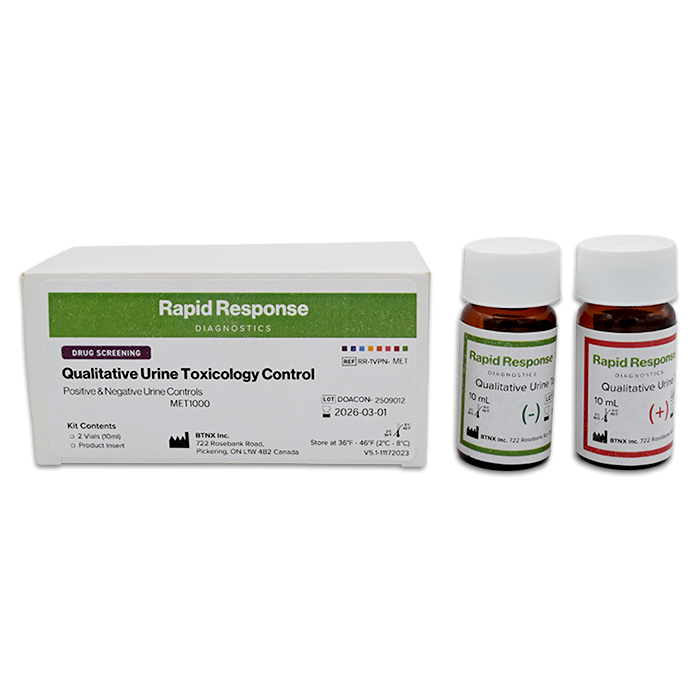
Kit Size: 2 Bottles (1 POS, 1 NEG)
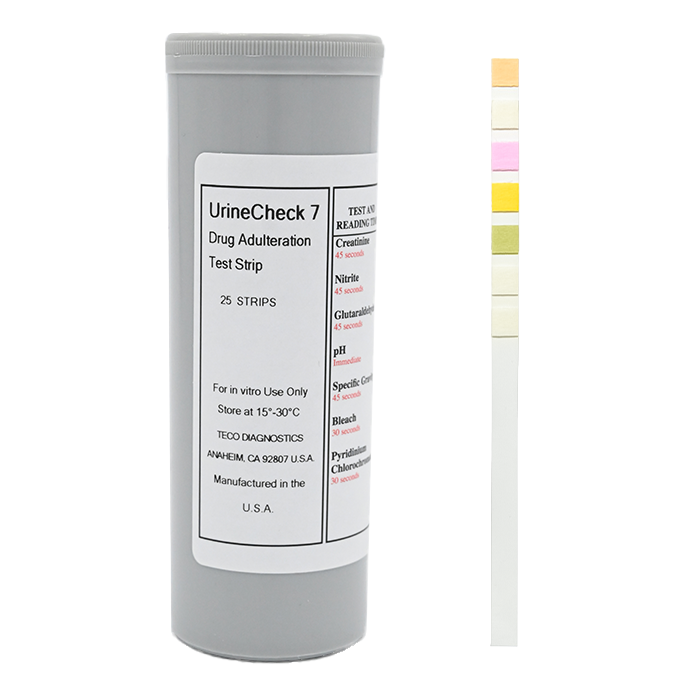
Format: Strip
Kit Size: 25 Tests / Kit
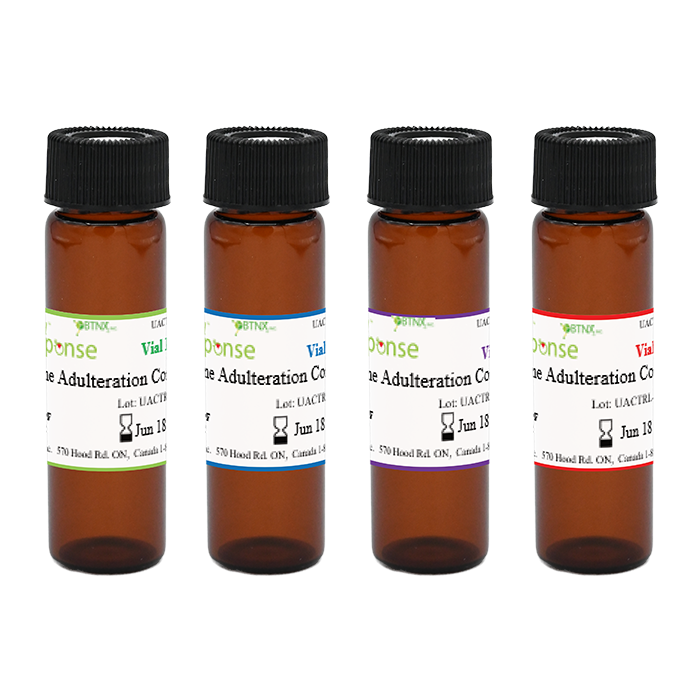
Kit Size: 4 Vials / Kit
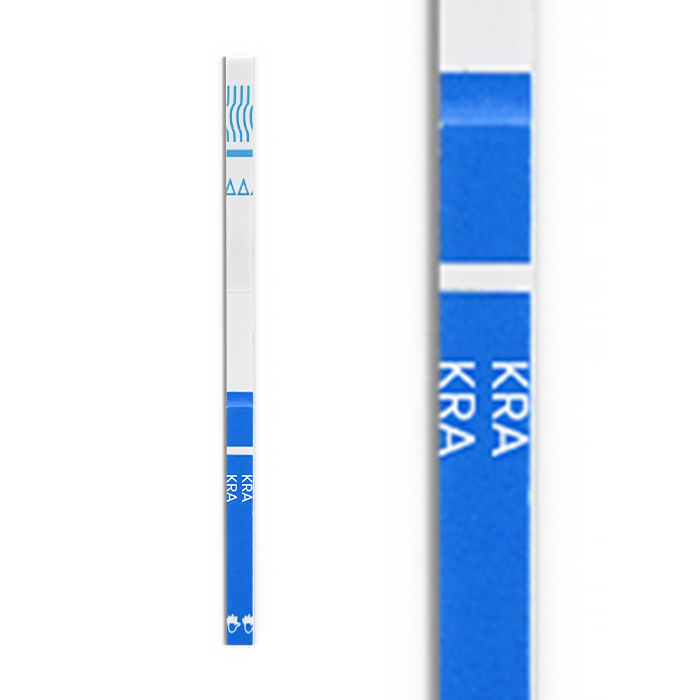
Format: Strip
Kit Size: 100 Tests / Kit

Format: Strip
Kit Size: 25 Tests / Kit
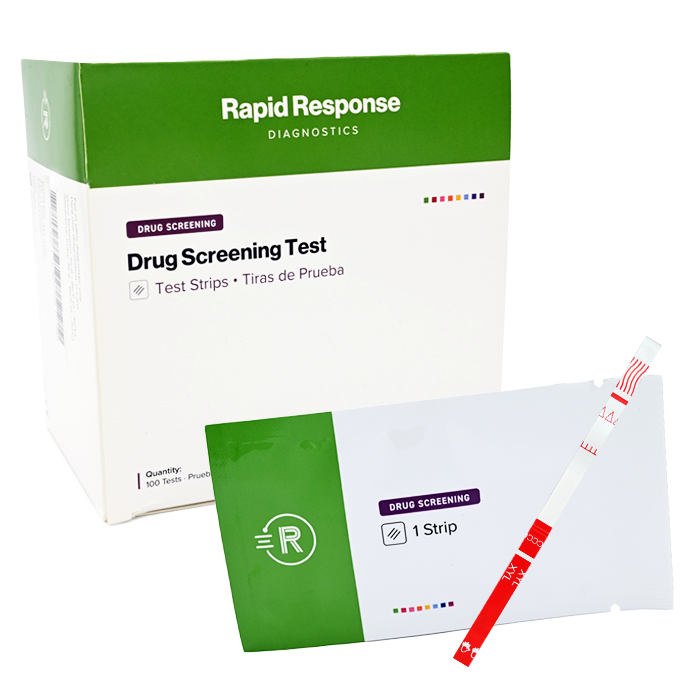
Format: Strip
Kit Size: 100 Tests / Kit
Introduction to Urinary Drug Test
What is a urine drug test?
A urine drug test, also referred to as a urine drug screen or urinary drug test (UDS), is a procedure that analyzes a sample of urine to detect the presence of drugs or metabolites.
What is the purpose of a urine drug test?
- Employment: Employers may require prospective employees to take a drug test before hiring. Some also may conduct periodic or random testing on employees, especially in safety-sensitive positions.
- Legal or Forensic Reasons: Individuals may be tested to see if drug use influenced certain incidents such as traffic accidents. Courts can also use drug tests in cases where drug use is suspected.
- Medical Purposes: Healthcare professionals may use a urine drug test to diagnose substance abuse disorders, monitor drug treatment, or ensure patients are taking prescribed medications .
- Sports: Athletes may be tested to ensure no drugs that might enhance an individual’s performance were used.
- Rehabilitation and Recovery Programs: Individuals under treatment supervision for substance use disorders may be tested regularly to ensure program compliance.
- Safety Concerns: In safety-sensitive workplace settings, such as in transportation or heavy machinery operation, regular testing may be implemented.
- Self-Testing: Individuals may use over-the-counter drug tests to check themselves or family members, often in the context of recovery or concerns about drug use.
Why is it used?
A urine drug test is used to obtain visual qualitative results and is intended to assist in the safety, health, and the determination of drug compliance by detecting the presence of specific drugs an individual has consumed. It is commonly used for employment screenings, to ensure athletes’ compliance, legal cases, or to monitor patients under medical care.
Where is it used?
Urine drug tests are utilized in workplaces, healthcare settings, sports organizations, legal cases and at home. These tests are used during pre-employment screenings, post-accident testing, or in any situation where drug use is suspected.
How does it work?
Drugs taken by an individual are broken down and excreted through urine. The test identifies these drug metabolites following the principles of affinity chromatography.
Rapid Response Urine Drug Screening Tests use advanced nanoparticle technology:
- The test strip membrane is pre-coated with drug-protein conjugates on the test line(s).
- At one end of the test strip membrane, there are drug antibodies conjugated to colored nanoparticles.
- The drug-protein conjugates compete for limited antibody binding sites with drugs which may be present in urine.
In the absence of drug in the urine, the solution of the colored antibody-nanoparticle conjugate will move along with the urine sample up the strip to the immobilized drug-protein conjugate zone on the test region (T). The antibody-nanoparticle complex then attaches to the drug-protein conjugates to form visible lines.
When the drug is present in the urine, the drug/metabolite antigen competes with the drug-protein conjugate on the test line region (T) for the limited antibody. When a sufficient concentration of the drug is present, it will fill the limited antibody-nanoparticle conjugate to the drug-protein conjugate zone on the test line region (T). Therefore, absence of the color line on the test region (T) indicates a positive result.
Finding and Taking a Urine Drug Test
How to get the test?
Rapid Response Urine Drug Screening Tests can be ordered through a sales representative, by healthcare providers, staffing agencies, or employers on our website who have created an account with us. Contact Us.
Can you take the test at home?
Yes, there are at-home drug test kit options available. Rapid Response Drug Screening Tests provide rapid results and are the top choice for parents or individuals looking to self-test. Contact Us.
Detection and Limits
What can a urine drug test detect?
Urine drug tests can detect use of various drugs including marijuana, cocaine, amphetamines, opioids, fentanyl, and many more. Our Multi-Drug Tests can simultaneously detect multiple drugs all in one step, helping you save time while streamlining your workflow.
Detection windows
The detection windows for urine drug tests varies based on the drug. It can range from a few hours to a few days post-consumption.
Cut-off values
The cut-off (usually measured in ng/mL) is the minimum concentration of a drug or metabolite in the urine sample for it to be detected and considered as positive. This helps ensure that minor accidental exposure or harmless substances that may bear chemical resemblance do not produce a false positive test.
How to Take the Test
Before
Avoid excessive fluid intake to prevent dilution of the urine sample.
During
Follow the drug test kit instructions carefully. Typically, you’ll be asked to urinate into a sample collection cup. Wait the recommended period of time and then read the results. If conducting the test.
After
If conducting an at home test, refer to the instructions provided with the kit regarding confirmation testing procedure. For all other tests seal the sample and dispose of the used tests after reading results at the appropriate time.
About Test Results
Receiving Results
Depending on the test format and location taking the test, results can be available within minutes or a few days.
The assay provides only a preliminary analytical test result. A more specific alternative chemical method must be used to obtain a confirmed analytical result. Gas Chromatography/ Mass Spectrometry (GC/MS) or Liquid Chromatography/ Mass Spectrometry (LC/MS) are the preferred confirmatory method. Clinical consideration and professional judgement should be applied to any drug test result, particularly when preliminary positive results are indicated.
Interpreting Results
A positive result indicates drug residues were found above the cutoff value. Confirmatory tests may be done to validate positive results.
One colored line in the control region (C) means the result is positive. A positive result indicates that the drug or metabolite concentration exceeds the minimum detectable level. Two colored lines, no matter how dark of faint, means the result is negative. A negative result indicates that the drug or metabolite is not present at a detectable level. No line in the control region (C) indicates an invalid test. Invalid test results must be discarded, and the user should repeat with a new test.
The intensity of color in the test region (T) may vary depending on the concentration of analytes present in the sample. Therefore, any shade of color in the test region (T) should be considered negative. Please note that this is a qualitative test only and cannot determine the concentration of analytes in the sample.
Insufficient sample volume, incorrect operating procedure or expired tests are the most likely reasons for control line failure.
Rapid Response Screening Methods
We offer a range of urine drug testing kits, including:
- Single panel test: Detect a specific drug.
- Multi-panel tests: Screen for multiple drugs simultaneously.
- Strip / Dip tests, cup tests or integrated tests: Different formats for user convenience.
Licenses and Approvals
Urine drug tests can have certifications or approvals from recognized bodies:
- FDA
- Health Canada
- CLIA Waiver
Adulteration Test
What is it?
Adulteration is the process of checking the urine sample for any tampering or substances added to manipulate test results.
The urine adulteration test strips are a semi-qualitative color comparison screen for the detection of Creatinine, Nitrite, Glutaraldehyde, pH, Specific Gravity, Oxidants and Pyridinium Chlorochromate in human urine. This test provides a preliminary screen only. A more specific alternate chemical method must be used to obtain a confirmed analytical result. Abnormal results should be sent to a laboratory for confirmation.
What does it test for?
It tests for abnormalities such as unusual pH levels, nitrites, bleach, presence of oxidants, diluting agents, or abnormal specific gravity to indicate that the urine has been tampered with in order to mask drug presence.
Ensure you understand the purpose of your test, the drugs it can detect and how to correctly interpret the results. Contact us.
Creatinine (CRE): Tests for sample dilution. Creatinine is a waste product of Creatine, and is an amino-acid contained in muscle tissue and found in urine.1 A person may attempt to foil a drug test by drinking excessive amounts of water or diuretics such as herbal teas to flush the system. Normal Creatinine levels are between 20 and 350 mg/dL. Under rare conditions, certain kidney diseases show dilute urine.
Nitrite (NIT): Tests for commonly used commercial adulterants. They work by oxidizing the major cannabinoid metabolite THC-COOH.2 Normal urine should contain no trace of nitrites, however, nitrite found in urine may indicate urinary tract infections or bacterial infections. Nitrite levels of >20 mg/dL may produce false positive glutaraldehyde results.
Glutaraldehyde (GLUT): Tests for the presence of aldehydes. Adulterants can contain glutaraldehyde and can cause false negative screening results by disrupting the enzyme used in some immunoassay tests.³ Glutaraldehyde is not normally found in urine, however, certain metabolic abnormalities such as ketoacidosis (fasting, uncontrolled diabetes or high-protein diets) may interfere with the test results.
pH: Tests for the presence of acidic or alkaline adulterants in urine. Normal pH levels should be in the range of 4.0 to 9.0. Values outside of this range may indicate that the specimen has been altered.
Specific Gravity (SG): Tests for specimen dilution. Elevated levels of protein in urine may cause abnormally high Specific Gravity values. The normal range is from 1.003 to 1.030. Values outside this range may be the result of specimen dilution or adulteration.
Oxidants/Pyridinium Chlorochromate (OXI/PCC): Tests for the presence of oxidizing reagents such as bleach and hydrogen peroxide. Pyridinium Chlorochromate is a commonly used adulterant.³ Normal human urine should not contain Oxidants or PCC.
- Baselt RC. Disposition of Toxic Drugs and Chemicals in Man. 2nd ed. Davis: Biomedical Publications; 1982.
- Hawks RL, Chiang CN, eds. Urine Testing for Drugs of Abuse. Rockville: Department of Health and Human Services, National Institute on Drug Abuse; 1986.
- Substance Abuse and Mental Health Services Administration. Mandatory Guidelines for Federal Workplace Drug Testing Programs. 53 Federal Register; 1988.
Urine vs. Saliva Drug Tests
Drug Screening Urine
- Ease of Use – can detect multiple drugs simultaneously.
- Convenience – requires private settings, such as a restroom.
- Supervision –privacy concerns can make direct observation intrusive.
- User Experience – non-invasive method with minimal direct contact with urine.
- Accuracy & Relevance – Longer detection window, between 1 to 3 days, for drugs and metabolites to appear in urine.
- The Rapid Response Multi-Drug One Step Cup (Flat) is compatible with our RapidReader App. Learn more.
Drug Screening Saliva
- Ease of Use – can detect multiple drugs simultaneously.
- Convenience – does not require private settings.
- Supervision – Sample collection can be directly observed.
- User Experience – Non-invasive method and comfortable to use.
- Accuracy & Relevance – Saliva drug tests offer a more immediate 24-hour detection window.
- The Rapid Response Multi-Drug Saliva Test Cup is compatible with our RapidReader App. Learn more.
Find the best solution for your needs
Our sales representatives can help set you up for success! Contact our team today!
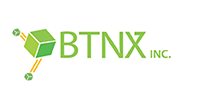
 Canada
Canada